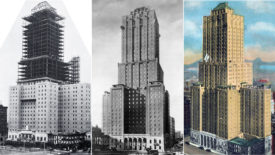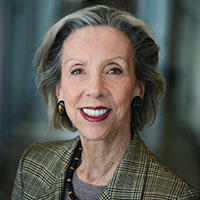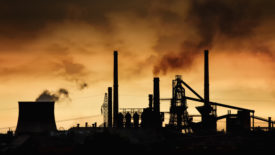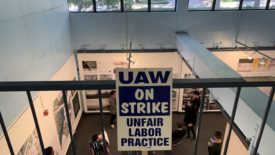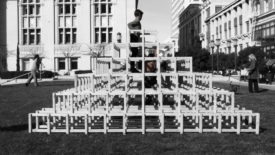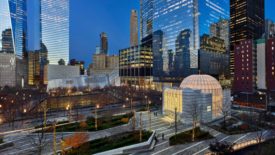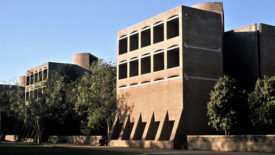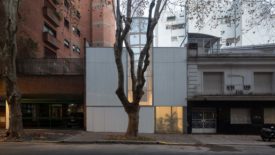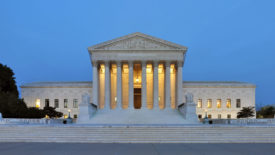Commentary & Criticism
Architectural Record editors and critics weigh in on new projects and developments from around the world.
ARTICLES
Travelogue: Pet Shop Boys
SO – IL's Florian Idenburg encounters a remarkable veterinary clinic
Read More
The Supreme Court’s Wake-Up Call to Architects
A decision undermining the EPA's regulatory power highlights the urgency of decarbonizing the grid
July 18, 2022
Bruce Mau Makes the Case That We’re All Designers
Review: "MAU," a film by Benji and Jono Bergmann
Read More
Copyright ©2024. All Rights Reserved BNP Media.
Design, CMS, Hosting & Web Development :: ePublishing
